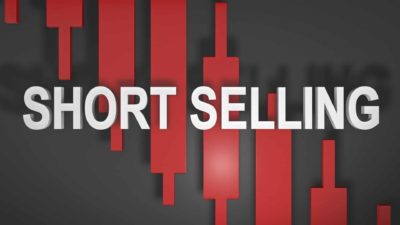Investors have largely ignored the recent rise in US 10-year Treasuries (US government bond) but not anymore.
Yield on the bond, which is a global benchmark for investment markets, is back in the headlines as it enjoyed its best one-day gain since November 2016 as it jumped to 3.18% – the highest in seven years.
It's probably heading higher too as the market turns its attention on the widening interest rate differential between the US and the rest of the developed world as the US Federal Reserve remains on track to lift rates two more times before the close of this calendar year.
In contrast, the Reserve Bank of Australia is likely to keep our cash rate at record lows till 2020 but don't think for a moment that the US bond yield won't impact on your ASX share portfolio.
There are several ways that our shares will be affected. The most obvious is the exchange rate with the Australian dollar tumbling overnight to just under US71 cents. It was fetching US73 cents just two weeks ago.
ASX companies that generate a substantial proportion of their income in US dollars will benefit when they translate their revenue into Australian dollars. This includes building materials group Boral Limited (ASX: BLD), glove maker Ansell Limited (ASX: ANN) and blood products company CSL Limited (ASX: CSL) – just to name a few.
Those that sell their goods in US dollars but have a cost-base that's dominated in the Aussie will get a double benefit. There are several miners like Newcrest Mining Limited (ASX: NCM) and OZ Minerals Limited (ASX: OZL) that fit the bill.
The reverse is true for those who sell in the local currency but have to buy in US dollars.
The second impact is on the cost of debt. The RBA may be keeping rates low, but the rising US bond yield will force up the cost of funding for companies that rely heavily on international markets.
These include the big banks like Commonwealth Bank of Australia (ASX: CBA) and Westpac Banking Corp (ASX: WBC) with many in the sector already lifting interest rates on some mortgage products.
The third impact is on share market valuations. There are worries that higher Treasury yields will drag on the US equity market, and we are already seeing some nervousness with the S&P 500 closing off its intraday high as investors eyed rising yields.
No one knows for sure where the tipping point is (meaning how high the yield has to go before US stocks tumble) but there's a growing sense that we aren't too far off current levels.
Investors had barely flinched when the 10-year Treasury shot above the psychologically important 3% mark due to the sugar rush from Trump's tax cuts, but the market is coming off that high.
Like it a not, a falling US market will weigh on the S&P/ASX 200 (Index:^AXJO) (ASX: XJO) index while the higher yield will lower stock valuations on our market.
The next 12 months is looking more challenging than the last.








